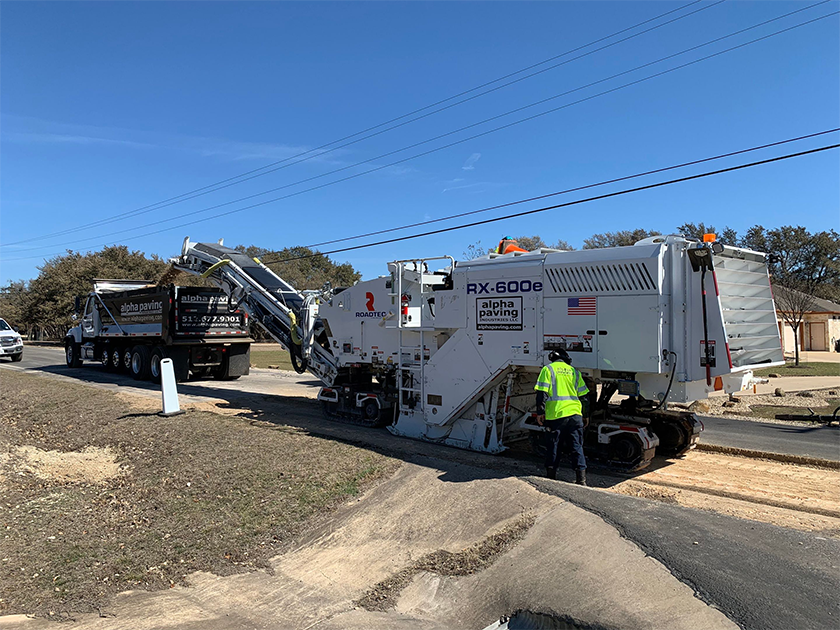The Basic Principles Of A1 Professional Asphalt & Sealing Llc
The Basic Principles Of A1 Professional Asphalt & Sealing Llc
Blog Article
How A1 Professional Asphalt & Sealing Llc can Save You Time, Stress, and Money.
Table of ContentsFascination About A1 Professional Asphalt & Sealing LlcThe Ultimate Guide To A1 Professional Asphalt & Sealing LlcThe Facts About A1 Professional Asphalt & Sealing Llc RevealedThe A1 Professional Asphalt & Sealing Llc PDFsA1 Professional Asphalt & Sealing Llc for Beginners

The oil in a vehicle engine is not just oil. The REOB contains all the ingredients that were in the waste oil as well as the wear metals from the engine (primarily iron and copper).
However, by making several blends making use of various REOB samples and various asphalt binders, the variants mainly can be balanced out. A number of States supplied examples of known REOB structure to TFHRC researchers, that evaluated the samples to compare the percent of added (known) REOB to the located (evaluated) amount. The analyses showed an equivalent percent of added and discovered REOB.
Excitement About A1 Professional Asphalt & Sealing Llc
None of those States recognized that the asphalt they were purchasing consisted of REOB. One State urged its samples had no REOB - https://www.metal-archives.com/users/a1asphaltseal.
Of the 1,532 examples tested, 12 percent consisted of REOB, and some consisted of significantly high degrees of it at 1020 percent. The greatest degree was 34 percent in a sample from Texas, which TxDOT had actually made use of in a patching substance. This screening also exposed the existence of phosphoric acid in 11 percent of the examples, and 2 percent consisted of ground tire rubber.
Two years ago at TRB's yearly conference, the Federal researchers held an REOB workshop and provided the searchings for of their lab examinations to a standing room-only crowd. Although some firms do not particularly ban REOB, they do impose physical examinations that preclude its useeffectively a restriction. asphalt sealcoating in st louis. Others do not outlaw it by spec, however have agreements with asphalt providers to prevent using REOB
A1 Professional Asphalt & Sealing Llc Fundamentals Explained
A handful do allow REOB, some within specific restrictions. For instance, Ohio and Texas restriction levels to less than 5 percent of the asphalt. To establish a trustworthy test approach that all States can use, the TFHRC researchers set up a round-robin test plan. The participants are 11 State highway firms (Illinois, Massachusetts, Minnesota, Mississippi, Montana, North Carolina, Oklahoma, South Carolina, Texas, Vermont, and Wyoming), 2 independent screening labs, the Ministry of Transport in Ontario, Queen's University in Ontario, and an Ontario paving professional.
In total amount, the scientists prepared and shipped 720 blends. The participants are examining the examples individually utilizing the guidelines provided by the TFHRC scientists. The round-robin screening is nearly finished, and TFHRC remains in the procedure of accumulating the results. The outcome will certainly be a proposed AASHTO examination method that any kind of State can take on and make use of (a1 professional).
The sidewalk with REOB, which is situated 0.6 mile (1 kilometer) from the sidewalk without REOB, has identical subgrade, web traffic density, and environment. Nonetheless, the sector of Highway655 with 5 to 10 percent REOB showed considerable breaking. In this instance, the existence of REOB was the recognized reason for breaking at a reduced temperatures.
"In our experience in Canada, even little amounts of 23 percent can be an issue." Similarly, a section of examination sidewalk in Minnesota (MN1-4) located to contain REOB additionally fractured too soon. The pavement performed well for the very first 3 to 4 years, yet after that started to fracture. This pavement is likewise subject to reduced temperature levels.
Our A1 Professional Asphalt & Sealing Llc Ideas
The examinations were go to the website not considerable, but they showed that at levels of 6 percent or more, the tensile strength of the asphalt went down considerably. At a level of 3.5 percent REOB, the variation in the physical examination techniques was greater than the impact of REOB. Actually, it was tough for researchers to evaluate whether REOB existed.

One binder criterion considered is the difference between the low temperature important specification temperature for rigidity (S) in the flexing beam of light rheometer and the flexing beam rheometer creep slope (m-value) noted as Tcritical. TC = TC (S) TC (m-value). Assessment of this parameter is still recurring. Two independent study groups, one from AASHTO and the various other from the Asphalt Institute, wrapped up that even more research study is needed on the use of REOB in asphalt.
Previously, all asphalt testing gauged design properties such as stiffness. These examinations do disappoint what products had been contributed to the asphalt. One example received during the TFHRC research study had an extremely odd analysis. The example had the complying with examination outcomes: Superpave PG 64-28 with a heat quality of 67.3 Tcritical on the flexing light beam rheometer was 6.7 levels Celsius.

The Of A1 Professional Asphalt & Sealing Llc
These outcomes demonstrate there are weak points in the standard engineering screening procedures that may be exploited. The manufacturer might have an economic benefit and the item passes all the standardized tests, however the product may not be valuable to ensuring lasting performance. To resolve this issue and the growth of new asphalt ingredients and extenders, TFHRC is starting a research study program to utilize portable spectroscopic tools, x-ray fluorescence spectroscopy, and Fourier change infrared spectroscopy to allow analyses to be done in the area instead of having to take examples back to the lab.
Report this page